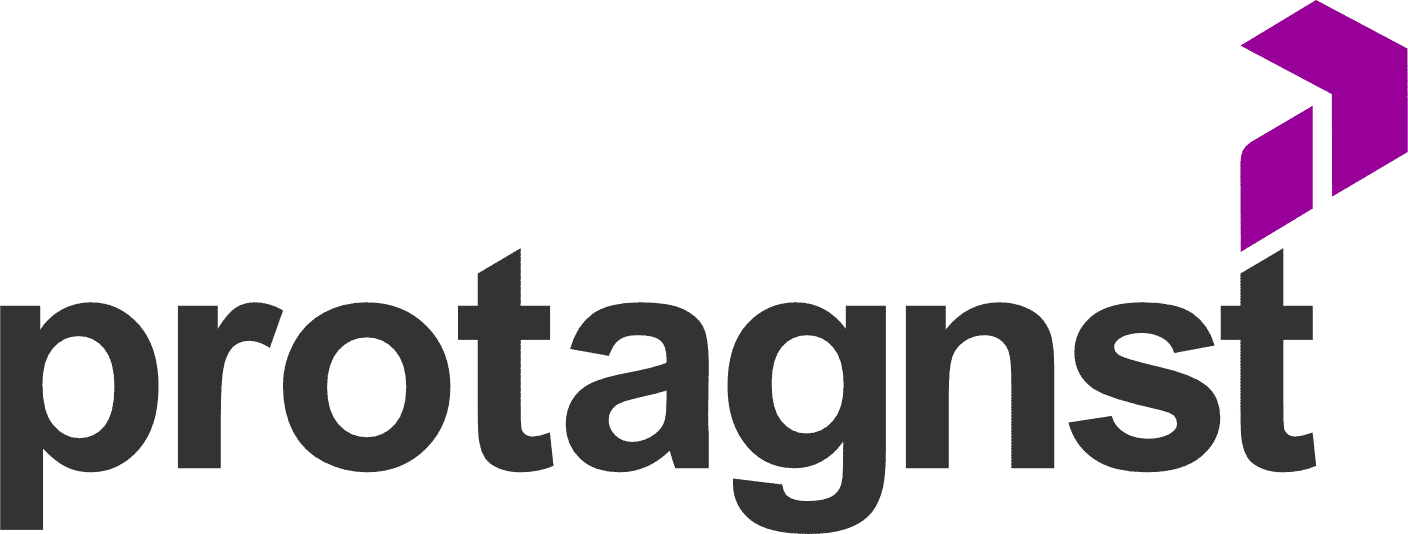Hey, entrepreneur! Ever stop and think about how important open and closed-ended questions are in your consultative sales? These two types of questions can be the key to transforming your sales approach and increasing your effectiveness in B2B negotiations. Throughout my journey in the business world, I’ve realized that knowing when and how to use each one can directly impact company administration and business management. While closed-ended questions help collect specific information, open-ended ones are essential for exploring the customer’s needs and desires, creating space for dialogue and relationship building.
In this post, I’m going to share valuable insights on how to implement these sales techniques, along with practical tips that can boost your profitability and productivity gains. Get ready to discover how these strategies can be the difference between closing a good deal or letting an opportunity slip away. Don’t miss out! Keep reading and see how you can improve your leadership and negotiation skills with the right questions. And, of course, I want to hear your experiences! Leave a comment below or share your questions!
Mapa do Conteúdo:
ToggleMaster the Art of Questions: How Open and Closed-Ended Questions Can Boost Your B2B Sales and Increase Profitability

Mastering the art of open-ended and closed-ended questions is crucial for anyone working in B2B sales. When you use open-ended questions, you’re expanding the dialogue with your customer, allowing them to express their needs, challenges, and expectations more freely. This type of approach is essential in consultative sales, where deeply understanding the customer is vital to offering personalized solutions. On the other hand, closed-ended questions are valuable for getting specific and direct information, making it easier to collect data that can speed up the negotiation process.
Implementing these techniques in your business interactions not only improves communication but also develops a stronger relationship between seller and customer. When you ask open-ended questions, you create space to understand the details behind the customer’s motivations, which can lead to a clear identification of upsell and cross-sell opportunities, increasing the business’s profitability. At the same time, with closed-ended questions, you can validate assumptions and get quick confirmations that can help you close sales more efficiently.
Business management should focus on training sales teams in the effective use of these questions, integrating process automation to support the analysis of responses and improve productivity. The ongoing development of the ability to ask the right questions can transform the sales approach, making it more strategic and results-oriented.
Explore these concepts in depth and see how they can be applied in your everyday B2B sales. What strategies have you used to ask the right questions? Share your experiences in the comments and let’s delve deeper into this discussion!
What is a questionnaire with open-ended questions?
A questionnaire with open-ended questions is a tool used to collect information in a more in-depth and qualitative way. In the context of business, sales, and business management, this type of questionnaire allows respondents to express their opinions, experiences, and suggestions freely, without limitations imposed by closed-ended responses.
Open-ended questions are essential in various areas, including:
-
- Consultative sales: They allow you to understand the customer’s needs and pain points in more detail.
-
- Sales techniques: They help identify which approaches and strategies resonate best with the target audience.
-
- Negotiation: They facilitate getting feedback on proposals and the customer’s perception of value.
-
- Company administration: They offer insights into the company’s organizational culture and internal climate.
-
- Leadership: Through these, leaders can get honest opinions from their teams about management practices and areas for improvement.
-
- Process automation: They can be used to assess the effectiveness of implemented technologies and identify potential improvements.
-
- Productivity and profitability gains: They allow employees to share suggestions that can directly impact the efficiency and profitability of the business.
-
- B2B sales: They help gather feedback on the expectations and needs of corporate customers.
In short, a questionnaire with open-ended questions stands out for its ability to generate valuable information and deep insights, which are fundamental for strategic decision-making and for improving the customer relationship.
What are semi-open questions?

Semi-open questions are a type of questioning frequently used in the context of business, especially in consultative sales and negotiation. They allow the respondent to provide a more elaborate answer than just a “yes” or “no,” but are still directed toward a specific topic.
These questions usually contain an open element, allowing the respondent to express their opinions and feelings, while still maintaining some control over the direction of the conversation. In sales, this is fundamental to understanding customer needs and desires, making the B2B sales process easier and the presentation of personalized solutions more effective.
For example, instead of asking “Are you satisfied with your current supplier?”, a semi-open question could be “What do you value most about your current supplier and what would you like to see different?”. This approach not only gathers valuable information, but also promotes a richer and more constructive dialogue, which is essential to building trusting relationships and effective leadership in sales teams.
In short, using semi-open questions is a powerful technique in sales techniques and business management, as it helps to obtain deep insights into customers, making it possible to increase profitability and productivity through more effective communication.
How to formulate open-ended questions for the customer?
Formulating open-ended questions for the customer is an essential skill in the context of business and consultative sales. These questions not only help you better understand the customer’s needs but also promote a more enriching dialogue. Here are some tips on how to craft these questions:
1. Understand the goal of the conversation: Before formulating your questions, be clear about what you want to discover. This will guide your questions.
2. Use words that encourage reflection: Start your questions with words like “how”, “what”, “why”, and “which”. For example:
– “How would you describe the challenges your company is facing right now?”
– “What motivated your search for a new solution?”
3. Create an environment of trust: The customer should feel that they can share information without hesitation. A good approach could be:
– “What are your expectations regarding our partnership?”
– “Why do you consider this change important now?”
4. Evoke examples or past experiences: Questions that ask for accounts help obtain more detailed information:
– “What solutions have you tried in the past, and how did they work for you?”
– “Can you tell me about a positive experience you had with a previous supplier?”
5. Be specific, but open: Although the questions are open, some direction helps:
– “What features do you value most in a supplier in your industry?”
– “How do you imagine our solution could help increase the productivity of your team?”
6. Listen actively: Show genuine interest in the answers. This not only encourages the customer to talk more, but it also demonstrates that you’re committed to understanding their needs:
– “You mentioned [customer’s response], could you elaborate a bit more on that?”
7. Avoid questions that can be answered with “yes” or “no”: Rephrase them to promote a broader dialogue:
– Instead of asking “Are you satisfied with your current supplier?”, ask “What do you consider most important in a supplier and how does that relate to your current satisfaction?”
8. End with a question that summarizes the conversation: This helps to consolidate the information obtained:
– “With everything we’ve discussed, what would be the next steps you’d like to consider?”
By using these strategies, you’ll be able to formulate open-ended questions that will not only enrich the conversation but also strengthen the relationship with the customer, enabling a deeper understanding of their needs and expectations.
Why are open-ended questions more interesting?
Open-ended questions are extremely useful in the context of business and sales for several reasons. Here are some points that highlight their importance:
1. Encouraging Conversation: Open-ended questions encourage the customer to express themselves freely, allowing them to share their needs and concerns in a more detailed way. This is fundamental for consultative sales, where understanding the customer is the first step in offering the right solution.
2. Obtaining Valuable Information: With this type of question, you can gather information that wouldn’t be captured with closed-ended questions. Knowing “how” and “why” the customer thinks a certain way can be decisive in adjusting your sales approach.
3. Building Relationships: Using open-ended questions helps to create an environment of trust and connection with the customer. This is essential in negotiation and leadership, as it strengthens bonds and demonstrates genuine interest in the other person’s opinions and needs.
4. Identifying Sales Opportunities: By listening to the responses, you can identify opportunities for cross-selling or up-selling, as well as uncover pain points that your solution can solve, thus increasing the company’s profitability.
5. Promoting Innovation and Continuous Improvement: In the context of business management, open-ended questions can lead to suggestions and feedback that drive productivity gains and help with process automation.
6. Flexibility in Responses: Unlike closed-ended questions, which limit responses to a simple ‘yes’ or ‘no’, open-ended questions allow the respondent to explore their ideas and feelings, revealing insights you can use in your sales strategy.
Therefore, integrating open-ended questions into your business interactions not only enriches the conversation, but it also establishes a solid foundation for a lasting and productive business relationship.
Frequently Asked Questions

What are open-ended and closed-ended questions in the practice of sales?
In the practice of sales, open-ended questions are those that encourage the customer to share detailed information and opinions, promoting a richer dialogue. On the other hand, closed-ended questions seek specific answers, usually “yes” or “no,” making it easier to collect quick data. Using both strategies is crucial for effective consultative sales, as it helps to better understand the customer’s needs and build a relationship of trust.
How to use open-ended questions to better understand customer needs?
To better understand the customer’s needs, use open-ended questions that encourage an elaborate response. Questions like “What are the main challenges you’re facing right now?” or “How do you imagine the ideal solution to your problem?” allow the customer to express their difficulties and expectations. This not only reveals valuable information, but it also creates an environment of trust and collaboration, which is essential for consultative sales and successful negotiations.
What are the benefits of asking closed-ended questions during a negotiation?
Asking closed-ended questions during a negotiation brings various benefits, such as:
1. Clarity in responses – Facilitates obtaining objective and specific information.
2. Reducing ambiguities – Helps avoid misunderstandings and confusion in the dialogue.
3. Directing the conversation – Allows the negotiator to guide the discussion more efficiently, focusing on key points.
4. Speeding up decision-making – Accelerates the closing process because the answers are direct and quick.
In short, closed-ended questions are a powerful tool to increase efficiency and productivity in negotiations.
How can open-ended questions influence building rapport with customers?
Open-ended questions play a crucial role in building rapport with customers because they allow them to express themselves freely and share their doubts, interests, and needs. This not only helps the salesperson better understand the customer, but it also creates an environment of trust and connection. By listening carefully to the answers, the professional can adjust their approach, demonstrating empathy and increasing the chances of successful negotiation in B2B sales.
In what situations is it more effective to use closed-ended questions in a sales process?
Closed-ended questions are most effective in situations where it’s necessary to obtain specific and quick information, such as:
1. Lead qualification: To understand if the potential customer meets the basic criteria.
2. Closing the sale: To confirm decisions, such as “Are you ready to move forward with the purchase?”
3. Data collection: In satisfaction surveys or quick feedback, where direct answers are needed.
Using closed-ended questions helps to direct the conversation and obtain accurate information without unnecessarily prolonging the dialogue.
Which sales techniques can be improved with the correct formulation of questions?
The sales techniques that can be improved with the correct formulation of questions include consultative selling, where understanding the customer’s needs is fundamental; negotiation, as questions help to uncover hidden interests and create mutually beneficial solutions; and closing sales, because effective questions can lead the customer to the purchase decision. In addition, good company administration and business management benefit from encouraging process automation, allowing sales teams to focus on more strategic interactions with customers.
How to distinguish between open-ended and closed-ended questions in a consultative sales script?
To distinguish between open-ended questions and closed-ended questions in a consultative sales script, you should consider the type of response you want to obtain.
Open-ended questions encourage the customer to provide detailed information and reflections, such as “What challenges are you currently facing in your company?”. Closed-ended questions usually result in short answers, such as “Do you use any management software?”. This understanding is crucial to guiding the conversation and identifying the customer’s needs, thus optimizing the negotiation process and increasing profitability.
What common mistakes should be avoided when using open-ended and closed-ended questions in negotiations?
One common mistake is not balancing the use of open-ended questions and closed-ended questions. Open-ended questions can generate valuable information, but if used excessively, they can divert the focus of the negotiation. On the other hand, closed-ended questions are useful for getting quick answers, but they can limit dialogue if used excessively. Another mistake is not adapting the questions to the customer’s profile; knowing your audience is essential to directing the conversation and achieving sales goals.
How can process automation improve the effectiveness of questions in B2B sales?
If you want to learn more about how these strategies can boost your sales and productivity, keep browsing our content and don’t hesitate to share your questions or experiences in the comments!
Process automation can improve the effectiveness of questions in B2B sales by allowing for scale personalization and ensuring that the right questions are asked at the right time. With automated tools, your team can collect relevant data about customers, and thus formulate more accurate and targeted questions, resulting in more productive negotiations and an increase in the conversion rate. In addition, reducing the time spent on repetitive tasks frees up salespeople to focus on more meaningful interactions.
At the end of this analysis of open-ended and closed-ended questions, it’s essential to reflect on the power these tools have in building strong relationships and gathering valuable information. Open-ended questions are true catalysts for deep dialogue, allowing your customers to express their concerns and desires more freely and comprehensively. On the other hand, closed-ended questions have their place in situations where clarity and objectivity are essential, whether to collect specific data or to guide a conversation more directly.
At Protagnst, we understand that knowing when and how to use each type of question can make all the difference in business interactions. After all, a well-structured consultative approach not only improves the customer experience but also maximizes your sales opportunities. Our team of experts in consulting and sales outsourcing is ready to help you refine your sales techniques, increase your closing rate, and consequently, boost your company’s results.
We invite you to take the next step in the evolution of your sales process. How about scheduling a meeting with us? Together, we can discover how to boost your interactions and turn every conversation into a unique opportunity. We’re looking forward to collaborating with you on this journey of growth!




